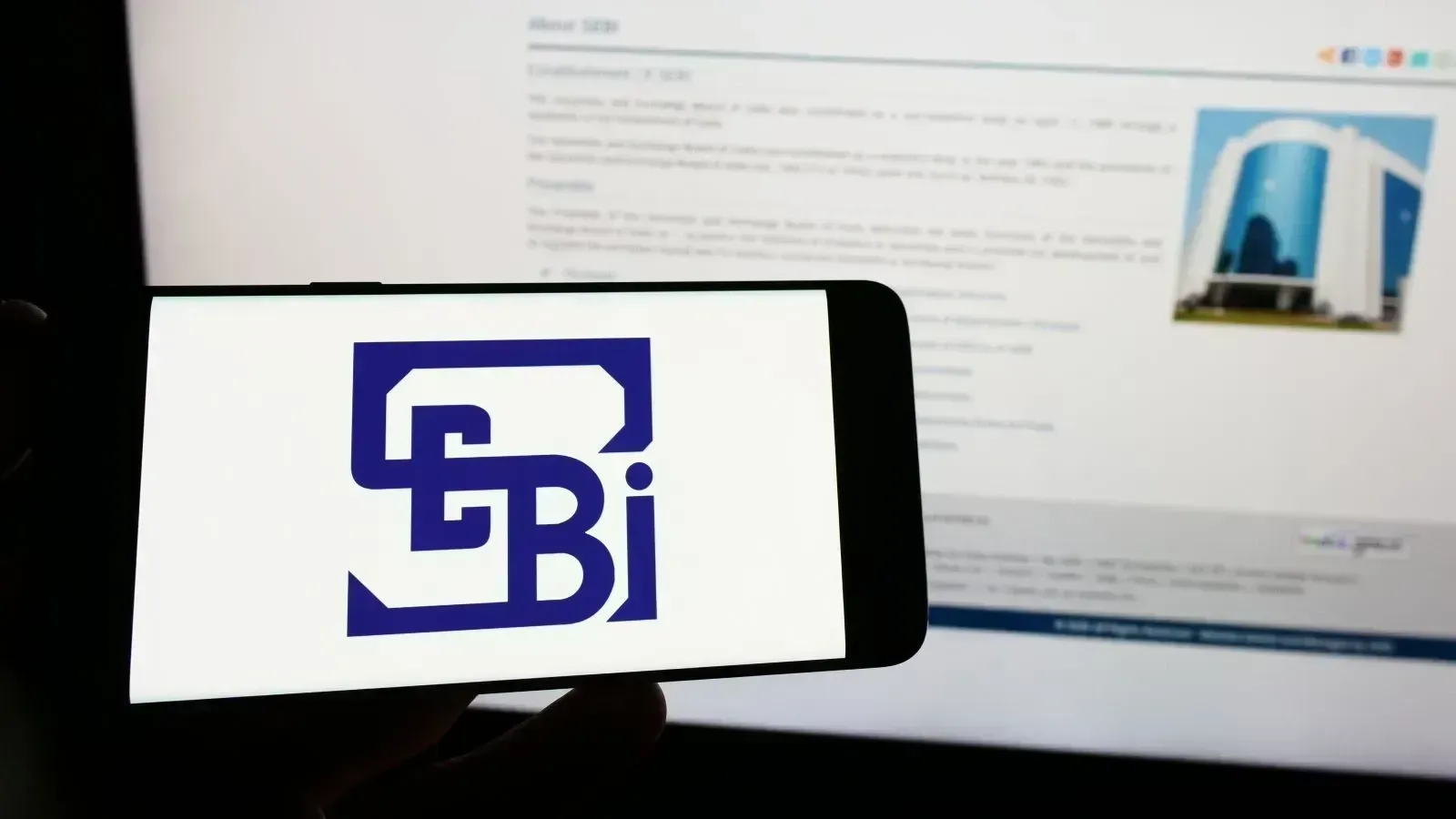Personal Finance News
SBI Mutual Fund files draft for new SBI Quality Fund: Ten key things investors should know

4 min read | Updated on October 30, 2025, 10:35 IST
SUMMARY
SBI Quality Fund: Key details such as scheme code, scrip code, NFO opening/closing dates, and listing date will be announced later.

As per the draft papers, SBI Quality Fund will primarily invest in equity and equity-related instruments. | Image: Shutterstock
For investors looking for a focused, long-term growth strategy, this fund aims to pick strong, well-managed companies rather than chasing short-term trends.
Key details such as scheme code, scrip code, NFO opening/closing dates, and listing date will be announced later.
SBI Quality Fund: Key things investors must know
-
The investment objective of the scheme is to generate long-term capital appreciation by investing in Equity & Equity-related instruments of companies identified based on the Quality Factor. However, there is no guarantee or assurance that the investment objective of the scheme will be achieved.
-
The scheme being offered is an open-ended scheme and will provide redemption/switch facility to investors on every business day at the applicable NAV, subject to prevailing exit load.
-
Benchmark: Nifty 200 Quality 30 Index Total Return Index (TRI: This benchmark has been chosen because the scheme primarily invests in securities that are constituents of the Nifty 200 Quality 30 Index. The composition of the aforesaid benchmark is such that it is most suited for comparing the performance of the scheme.
-
The scheme offers two plans, regular and direct, each providing two investment options: Growth and Income Distribution cum Capital Withdrawal (IDCW).
Investors can choose between IDCW Reinvestment (default), IDCW Payout, or IDCW Transfer.
Between Growth and IDCW, the default is Growth, while within IDCW, the default is Reinvestment.
-
An investor can select only one IDCW option per scheme or folio, and any subsequent change will apply to all units under the scheme or folio, not individual transactions. If the IDCW amount is ₹150 or less, it will be compulsorily reinvested, while amounts above ₹150 will follow the investor’s chosen mandate of reinvestment or payout.
-
The scheme offers a Systematic Investment Plan (SIP) at all official points of acceptance of SBI MF. Under this facility, an investor can invest a fixed amount per chosen frequency, which helps average out the cost of investment over a period of six months or one year and overcome short-term market fluctuations. SIPs are available on a daily, weekly, monthly, quarterly, semi-annual, and annual basis.
-
The Scheme also offers MITRA SIP, which allows investors to make an initial investment through SIP and, after completion of a specific tenure, switch the units to another scheme or continue in the same scheme as per the option selected by the investor. Systematic withdrawals from the target scheme are also possible under this facility.
-
Investors can opt for Fixed-End Period SIPs for 3 years, 5 years, 10 years, or 15 years, in addition to existing end-date and perpetual SIP options, providing flexibility for long-term investment planning.
-
The scheme provides a Systematic Withdrawal Plan (SWP), allowing a minimum withdrawal of Rs 500 on a weekly, monthly, quarterly, half-yearly, or annual basis, as specified in the application form or through advance instructions. SWP offers both day-based and date-based options.
-
The Systematic Transfer Plan (STP) combines systematic withdrawals from one scheme with systematic investments into another.
Where will SBI Quality Fund scheme invest?
As per the draft papers, the Scheme will primarily invest in equity and equity-related instruments, including derivatives like covered call options.
It may also invest in debt instruments, government securities, REITs, InvITs, securitized debt, foreign securities (ADR/GDR, foreign equity and debt), overseas ETFs, mutual fund units, and money market instruments.
Money market instruments include commercial papers, bills, treasury bills, certificates of deposit, call/notice money, and other instruments approved by the Reserve Bank of India, typically with maturities up to one year.
Who will manage SBI Quality Fund scheme?
The scheme will be managed by Anup Upadhyay (Co-Fund Manager-Equity Portion), aged 41. He holds a B.Tech (Hons) and a PGDM. With over 14 years of experience in financial services, he currently manages the SBI Balanced Advantage Fund and SBI Flexicap Fund.
Related News
By signing up you agree to Upstox’s Terms & Conditions
About The Author
Next Story




